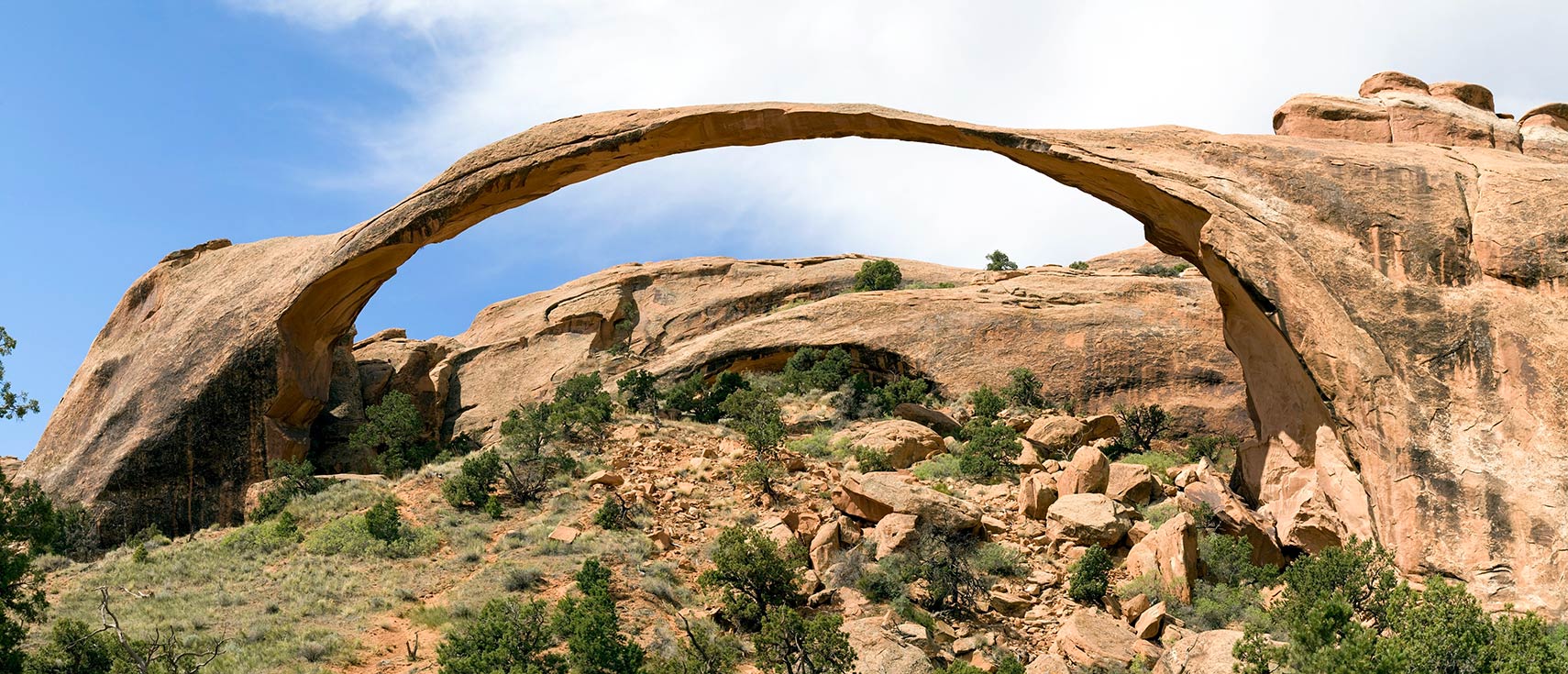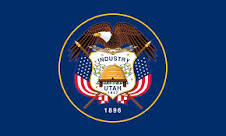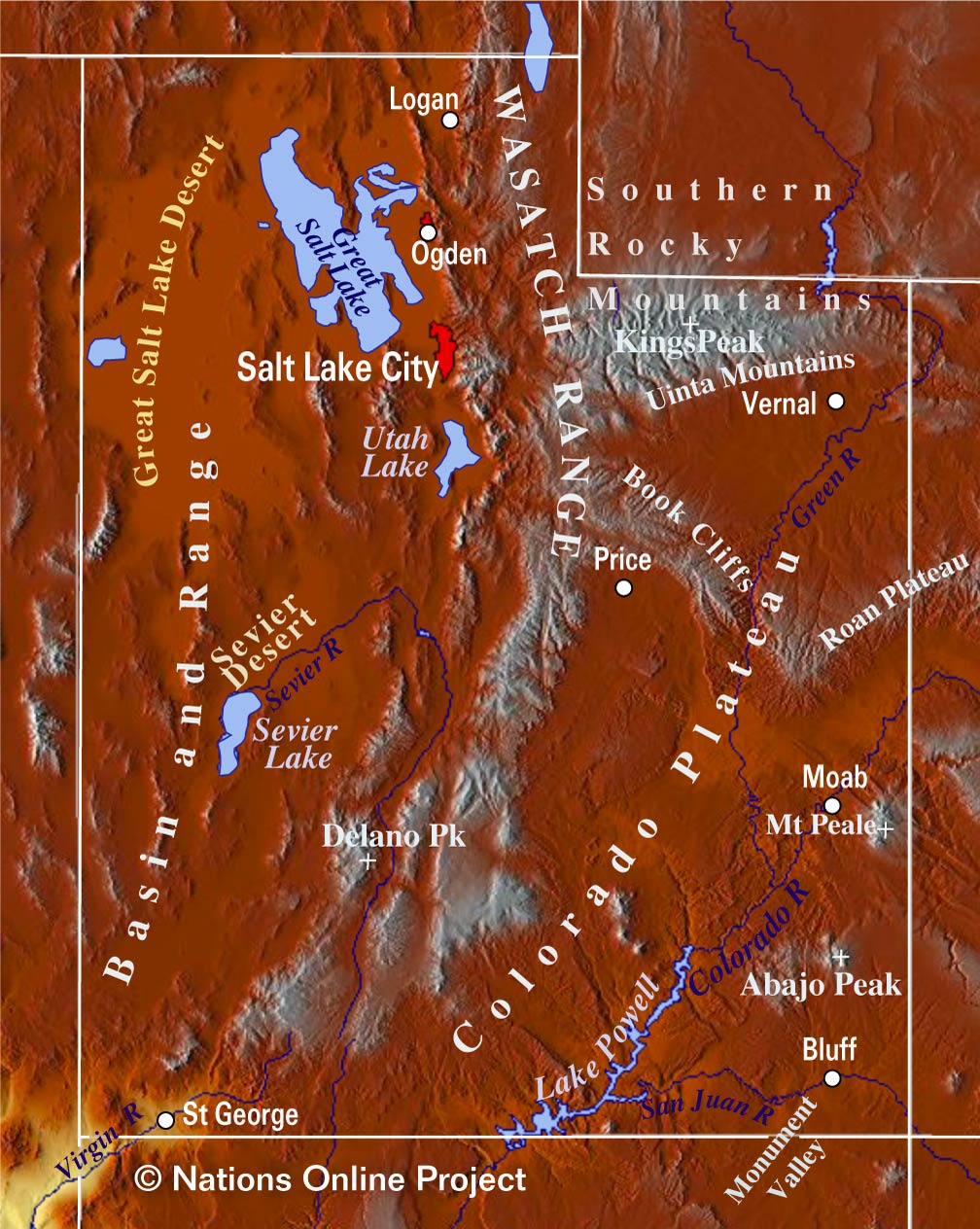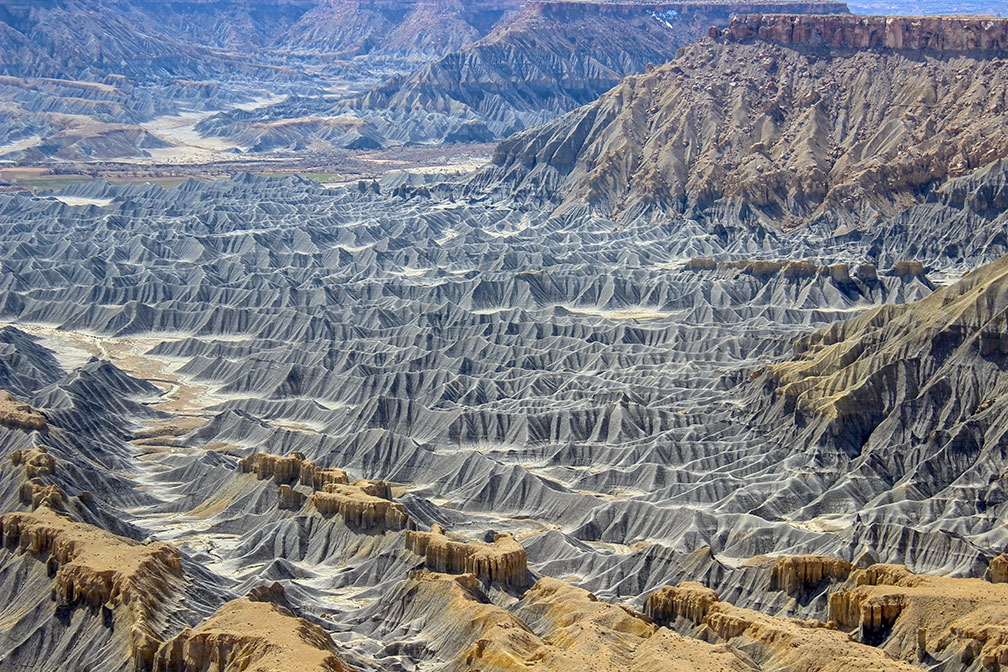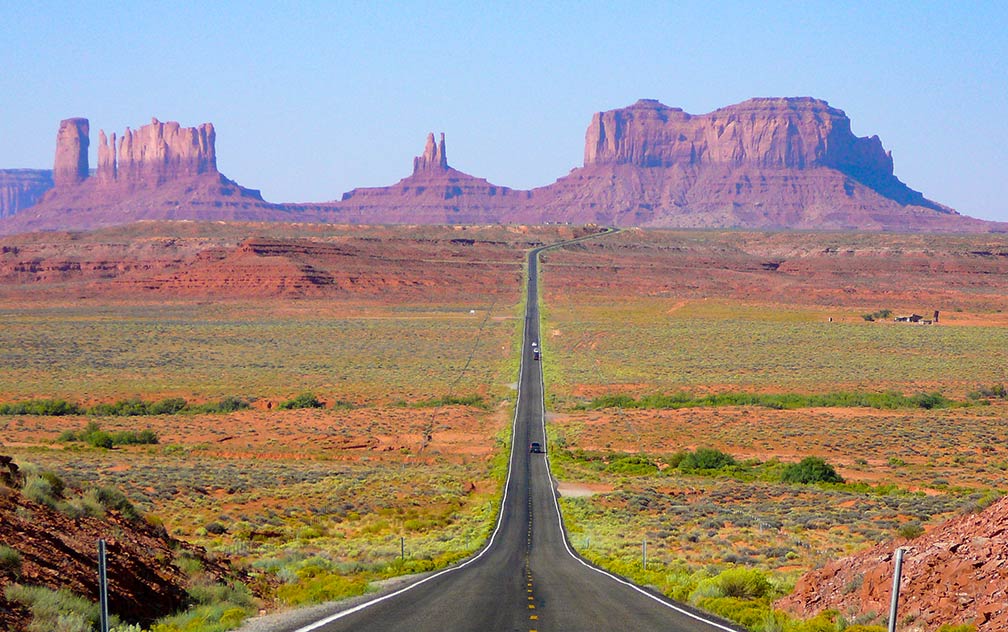Cities and Towns in Utah
Map shows the location of following cities and towns in Utah:
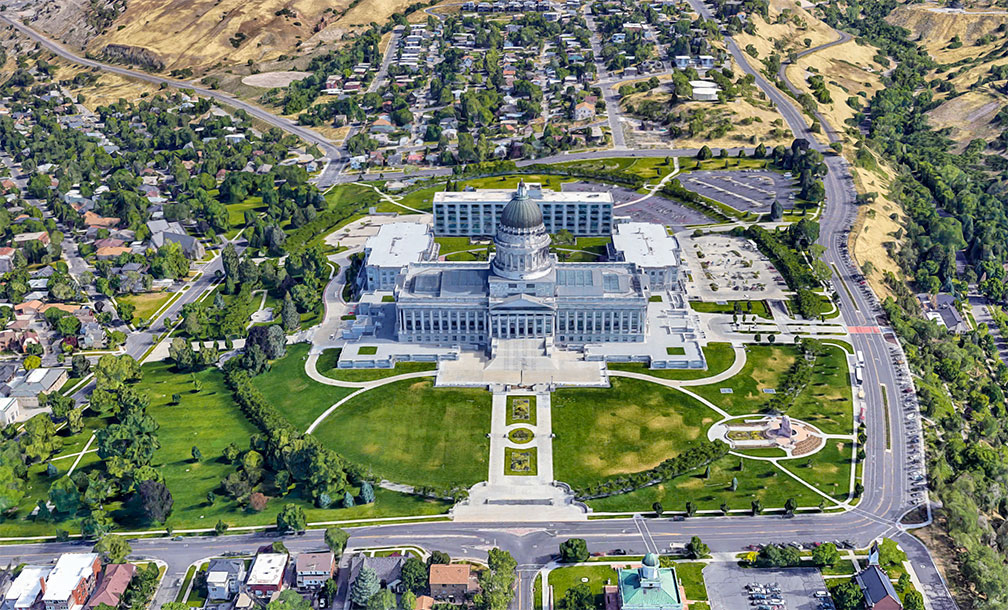 Rendered image of Utah State Capitol in Salt Lake City. The Neoclassical Revival building is home of the seat of Utah's government.
Rendered image of Utah State Capitol in Salt Lake City. The Neoclassical Revival building is home of the seat of Utah's government.
Image: Google
Major cities are:
Salt Lake City, Provo, Ogden, Park City, St. George, Orem
Other cities and towns in Utah:
American Fork, Beaver, Blanding, Bluff, Bountiful, Brigham City, Castle Dale, Cedar City, Coalville, Delta, Duchesne, Dutch John, Ephraim, Fillmore, Green River, Gunnison, Hanksville, Heber City, Hurricane, Junction, Kanab, Layton, Loa, Logan, Milford, Moab, Monticello, Morgan, Mt Pleasant, Murray, Nephi, Panguitch, Parowan, Price, Randolph, Richfield, Roosevelt, Roy, Sandy, Tooele, Torrey, Vernal, Wendover, West Valley City, and Woodruff.

